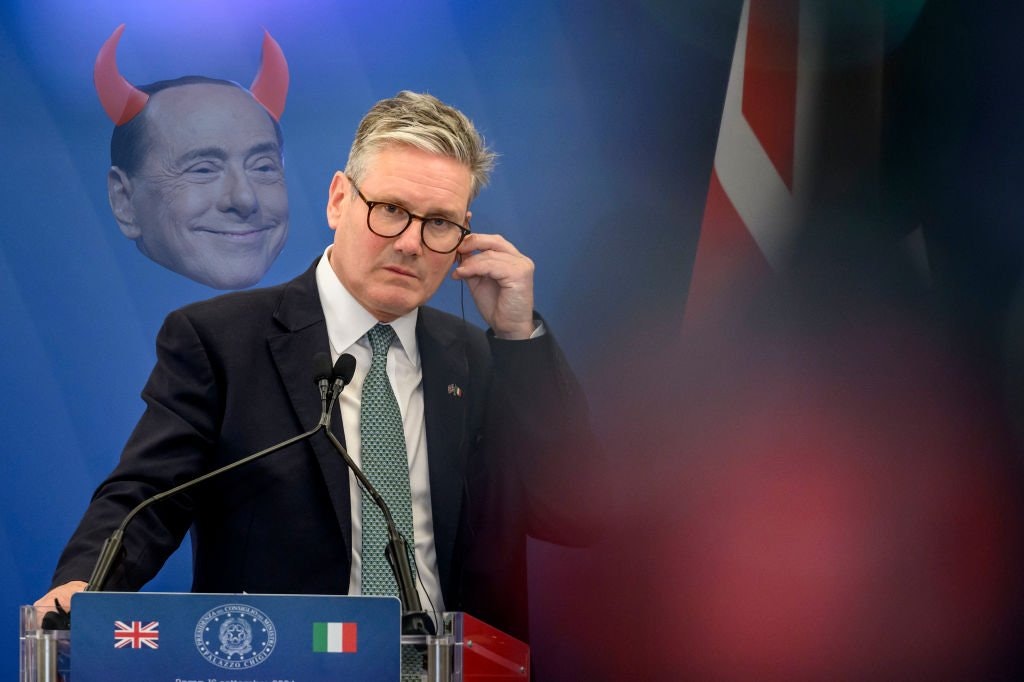Institutional amnesia
Central bankers have forgotten the crucial monetary lessons of the past
This article is taken from the July 2021 issue of The Critic. To get the full magazine why not subscribe? Right now we’re offering five issue for just £10.
Among his many quotable remarks, Milton Friedman’s observation that “inflation is always and everywhere a monetary phenomenon” stands out. Friedman’s claim was not just that excessive growth of the quantity of money was one of several causes of inflation. He had a more definite and far-reaching conclusion in mind.
In his view, excessive growth of the quantity of money — with the rate of increase far ahead of that of real output — was a necessary and sufficient condition for inflation. Further, once inflation had taken off and become entrenched in business expectations, a reduction in the rate of money increase — to a figure similar to the trend rate of economic growth — was a necessary and sufficient condition for ending it.
More pointedly, nothing else would work. Politicians and commentators might kid themselves that soft options could be found. They might argue that alternatives were available —including, for example, interference with wages and prices.
They might think such interference, backed by agreement between the so-called “peak organisations” of employers and trade unions, would prevent inflation. They might persuade themselves that wages and prices could always be held back by the state powers, regardless of the rate of money growth.
But, according to Friedman and other monetarist economists, a large body of historical evidence showed this was fantasy. Restraint over money growth might be painful and unpopular, but it was the only valid anti-inflation weapon in the long run.
In the 1970s consumer prices rose in Britain on average by 12.6 per cent a year, a rate which would cause the real value of money to fall by 95 per cent in a generation. Margaret Thatcher never mastered the technicalities of monetary policy, but she understood the implacability of the monetarist message.
When she insisted at the start of her government in 1979 “there is no alternative” on macroeconomic policy, and that there must be no “turning-back” to the unsuccessful wage and price controls of the past, this was what she meant.
But isn’t Thatcher’s battle with inflation ancient history? The answer is that generations come and go, and nations and their key institutions suffer from amnesia in just the same way as individuals. Like the UK, the United States experienced high inflation in the 1970s. When in the early 1980s its central bank, the Federal Reserve, tried to curb it by limiting money growth, its then chairman, Paul Volcker, was explicit in acknowledging Friedman’s intellectual influence.
But neither the anguished recessions of the Volcker chairmanship nor Friedman’s controversial academic work have much resonance with the Fed nowadays.
This boom — like every boom — will result in more inflation
Last spring it embarked on extraordinarily generous asset purchases (or so-called “quantitative easing”) to ease the macroeconomic pain of the Covid-19 pandemic. No doubt the Fed intended to do good, with the correctly calibrated dosage of stimulus. Unfortunately, it did far more “good” than it ought to have done, with a large dosage that was both disproportionate and dangerous.
In the year to June 2020 the quantity of money in the USA soared by 26 per cent, far above the 1970s figure and unmatched since the wartime emergency of 1943.
The USA is now leading a vigorous global boom which, if business surveys are to be believed, continues to gather pace. This boom — like every boom — will result in more inflation.
In the year to April, the US consumer price index rose by 4.2 per cent, the highest number since 2008. But the strength of the demand at present is such that this is unlikely to be the peak. There was a lag between the 1943 money explosion and the US price level, but in the year to March 1947 US inflation was more than 20 per cent.
Will inflation soon drop back towards the norm of 2 per cent or less recorded for much of the 2010s? If Friedman were still alive, he would highlight the quantity of money and its future growth rate as crucial to the outcome. But today the Fed’s senior economists never mention money in their analyses.
They are apparently convinced that expectations of sub-two per cent inflation are so much part of business psychology that sub-two per cent inflation will return, regardless of how monetary policy is organised and regardless of whether annual money growth is 4 per cent, 40 per cent or 400 per cent. They resemble the British public figures of the 1960s, who peddled soft options that proved useless.
The UK had worse inflation than the USA in the 1970s and 1980s, and memories of that era may ensure that the money growth excesses here are smaller and less serious. All the same, the Bank of England never refers to money growth in its Inflation Reports and shows every sign of being just as complacent as its American counterpart.
Given the enormous budget deficits now being incurred in both the USA and the UK, policy-makers will face an uphill struggle over the next few years in dampening money growth to a non-inflationary rate.
Enjoying The Critic online? It's even better in print
Try five issues of Britain’s most civilised magazine for £10
Subscribe














